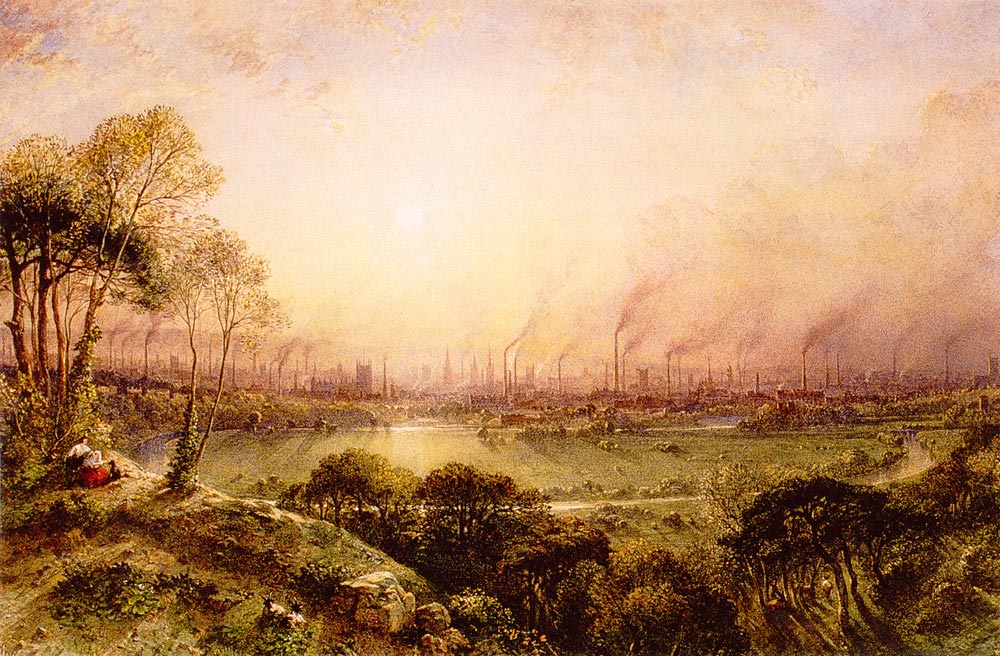
The Manchester Environmental Network (MEEN) created a fascinating project which aimed to demonstrate to pupils the origins of pollution in the soil, air and water of their local environment. The project was prompted, inspired and completed by primary school children in Manchester, allowing them to follow their own curiosity and pursue the questions which mattered to them about their local environment.
Manchester became a major city during the industrial revolution, boasting hundreds of mills and generating vast volumes of polluting waste. People flocked to the city from around the country as mechanisation reduced the work of the agricultural labourer and through the port of Liverpool came residents and trades from across the globe. The introduction of the railways allowed ‘Cottonopolis’, as it was dubbed, to be fed and to feed the entirety of the UK and beyond with products. The effects of rapid industrialisation and unprecedented population increase made Manchester the city it is today and the effects of that formative century can still be seen not only in the buildings, but in the deep seated pollution of the land and water of the area.
Called ‘Our environment, our heritage,’ the idea for the project stemmed from a question posed by the pupils of St Brigid’s RC Primary, ‘Why can’t we eat the fruit that grows on the trees in our school grounds?.’ When they were told it wasn’t fit for human consumption because of tainted ground, they were keen to know why the soil of Manchester was so poor. For the pupils at Armitage CE Primary it was the impact on wildlife that drew their attention; why were so many species absent from Manchester that you could see elsewhere in the country?
The project saw both east Manchester primary schools go out and about in search of historical evidence and answers to their questions in the natural world around them. They walked the local area, meeting experts from historical organisations and members of the local community who explained to them the rapid expansion of Manchester, how people had flooded to it from around the country and how it became known around the world. The pupils used historic maps to place key sites and examined artistic representations of Victorian Manchester to try and understand the noise, pollution, dirt and activity of the city.
The project was wrapped up by the students with a presentation on their findings to the Greater Manchester ESD Forum. Their presentation covered those original questions and much more, mapping the pollution of the soil and the depletion of wildlife in the region. The project allowed the children to plot the history of Manchester and see how it had formed the environment around them.
This project is a really interesting cross discipline approach to engaging students with both history and geography, while simultaneously allowing them to relate both subjects to their immediate environment. Undoubtedly evidence that these primary school children found in Manchester can be found around every major UK city. Handsam can help you plan your outing with our trip planning system, or explore our subject specific guides on Geography and History for inspiration.



